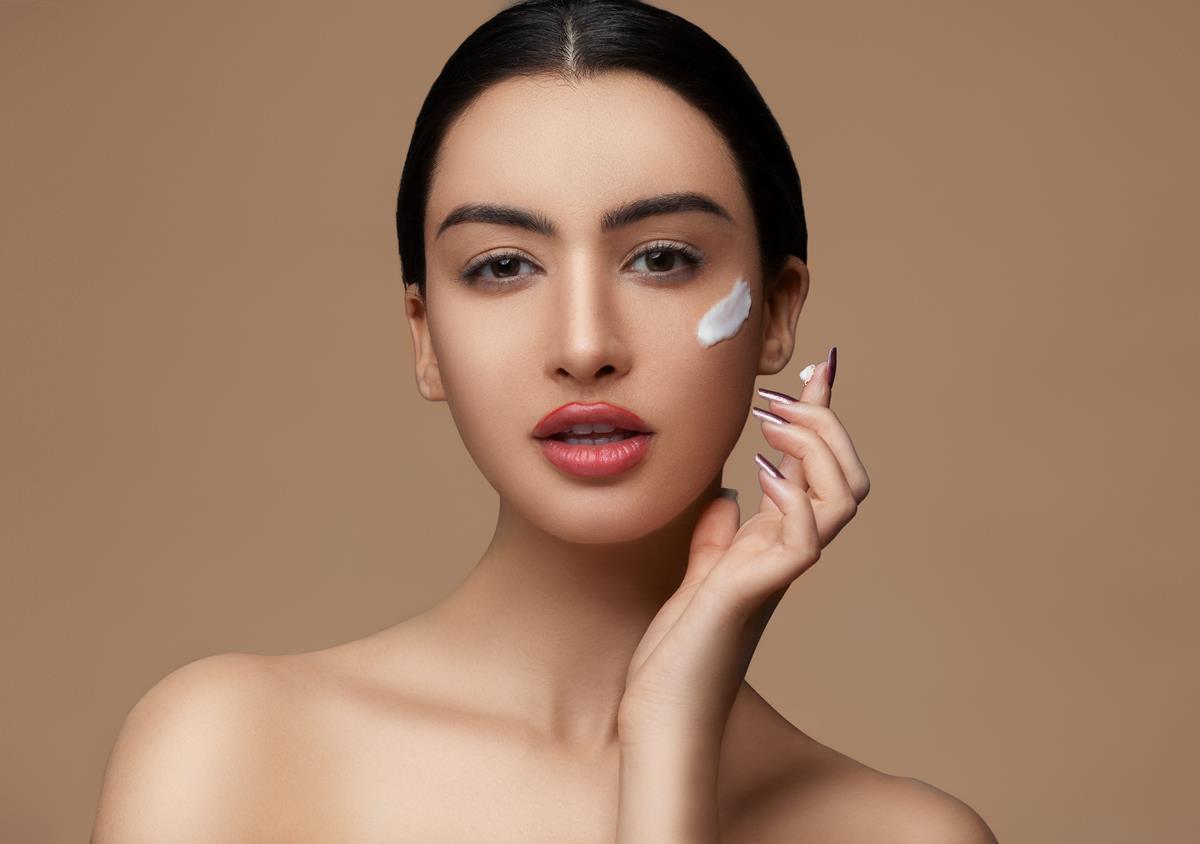
The first step to proper care and maintenance of facial skin is to properly identify the skin type. Assessing the skin type of our face is not difficult, and can allow us to avoid many mistakes, mainly the use of ill-fitting cosmetics. Read how to correctly identify your skin type in order to enjoy appropriate skin care and its effects.
Most often, skin type is an issue that is passed on in the genes by parents, and it is a factor that is beyond our control. However, there are a number of variables-such as diet, pollution levels, and the amount of time spent in the sun-that make your facial skin have certain characteristics
We can distinguish between several basic skin types, which are determined by evaluating the level of oil that the sebaceous glands produce in the skin and the water level, which the sweat glands are responsible for
This is a type of skin that is prone to a lot of damage and irritation. This is due to the fact that the skin is sensitive, thin, not supple enough and often rough and unpleasant to the touch. The oil level is insufficient with this skin type because the sebaceous glands are less efficient. Most dry skin is passed down from one generation to the next, but there are factors that can cause us to have this type of skin. These include inadequate facial skin care and exposure to harsh weather conditions without protection in the form of UV filters or moisturizers. Staying out in the cold or sun bathing can lead to irritation and even skin cracking. When caring for dry skin, you need to watch out for flaking of the epidermis. If not taken care of properly, it can lead to facial lesions that are hard to fight. The cosmetics that people with dry skin type should use should be gentle, also designed for sensitive skin. Stop using a product if it causes redness and an allergic reaction. Do not use cleansers that contain alcohol, parabens or other drying agents
Another type is oily skin. It manifests itself by the fact that on the surface of the skin an oily shiny layer appears. This is caused by very active sebaceous glands that produce too much sebum. The skin is fleshy, thicker and more elastic than dry skin, which makes it go through the aging process and the appearance of wrinkles more slowly. Too oily skin is associated with the occurrence of numerous imperfections such as blackheads and acne lesions. High temperatures and exposure to the sun adversely affect the appearance and health of skin of this type. Excessive skin oiliness may be associated with an unhealthy lifestyle. Inappropriate eating habits in particular have a big impact on the appearance of the skin. If you have oily skin, it is always worth having a toner in your make-up bag, which helps to cleanse the skin deeply
This is the type of skin most of us dream about. It has adequate blood supply, firmness and an optimum amount of sebum. It is also characterized by the absence of blackheads or premature wrinkles. It is a type that copes well, even with harsh weather conditions that have a negative effect on the condition of facial skin. The cosmetics which should be used by owners of normal skin are natural products with a simple composition
The skin of the face is rarely uniform, most often we have mixed skin types. The temples and cheeks are an area that is more likely to be dry and irritated. The forehead, nose and chin, on the other hand, are areas where excessive fat accumulates. In this case, cosmetics dedicated to combination skin are ideal, as they deal with adequate hydration and excessive sebum
The easiest and surest way to find out what type of skin you have is to visit a dermatologist who will determine it in a professional manner. The big advantage is that he will also recommend what preparations to take care of our face skin. We can also assess our skin type on our own. To do this, wash your face with an oil-free cleanser, and then observe for a few hours in which areas changes appear. If fat starts to appear in the T-zone, i.e. the forehead, nose and chin, we can conclude that we have a combination skin type. If after wiping your face with a clean tissue you notice that the entire surface is covered with a layer of sebum, then your skin is oily. If redness appears quickly after washing your face, you may have a dry skin type